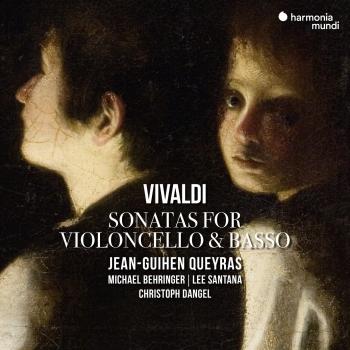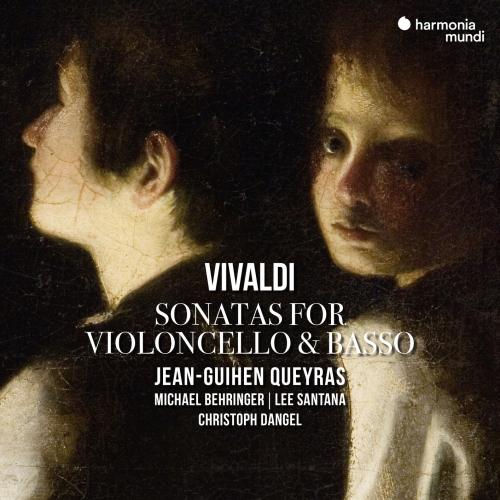
Vivaldi: Sonatas for Cello & Basso Continuo Jean-Guihen Queyras
Album info
Album-Release:
2018
HRA-Release:
07.09.2018
Label: Harmonia Mundi
Genre: Classical
Subgenre: Chamber Music
Artist: Jean-Guihen Queyras
Composer: Antonio Vivaldi (1678-1741)
Album including Album cover Booklet (PDF)
I`m sorry!
Dear HIGHRESAUDIO Visitor,
due to territorial constraints and also different releases dates in each country you currently can`t purchase this album. We are updating our release dates twice a week. So, please feel free to check from time-to-time, if the album is available for your country.
We suggest, that you bookmark the album and use our Short List function.
Thank you for your understanding and patience.
Yours sincerely, HIGHRESAUDIO
- Antonio Vivaldi (1678-1741): Cello Sonata in E Minor, RV 40:
- 1 Cello Sonata in E Minor, RV 40: I. Largo 03:09
- 2 Cello Sonata in E Minor, RV 40: II. Allegro 02:49
- 3 Cello Sonata in E Minor, RV 40: III. Largo 02:34
- 4 Cello Sonata in E Minor, RV 40: IV. Allegro 02:23
- Cello Sonata in B-Flat Major, RV 47:
- 5 Cello Sonata in B-Flat Major, RV 47: I. Largo 03:50
- 6 Cello Sonata in B-Flat Major, RV 47: II. Allegro 03:31
- 7 Cello Sonata in B-Flat Major, RV 47: III. Largo 02:38
- 8 Cello Sonata in B-Flat Major, RV 47: IV. Allegro 02:09
- Cello Sonata in A Minor, RV 43:
- 9 Cello Sonata in A Minor, RV 43: I. Largo 03:38
- 10 Cello Sonata in A Minor, RV 43: II. Allegro 03:26
- 11 Cello Sonata in A Minor, RV 43: III. Largo 03:44
- 12 Cello Sonata in A Minor, RV 43: IV. Allegro 03:08
- 13 Cello Sonata in B-Flat Major, RV 45: I. Largo 03:24
- 14 Cello Sonata in B-Flat Major, RV 45: II. Allegro 01:57
- 15 Cello Sonata in B-Flat Major, RV 45: III. Largo 04:44
- 16 Cello Sonata in B-Flat Major, RV 45: IV. Allegro 02:05
- Cello Sonata in F Major, RV 41:
- 17 Cello Sonata in F Major, RV 41: I. Largo 02:50
- 18 Cello Sonata in F Major, RV 41: II. Allegro 02:45
- 19 Cello Sonata in F Major, RV 41: III. Largo 03:35
- 20 Cello Sonata in F Major, RV 41: IV. Allegro 02:47
- Cello Sonata in B-Flat Major, RV 46:
- 21 Cello Sonata in B-Flat Major, RV 46: I. Largo 02:08
- 22 Cello Sonata in B-Flat Major, RV 46: II. Allegro 02:44
- 23 Cello Sonata in B-Flat Major, RV 46: III. Largo 02:11
- 24 Cello Sonata in B-Flat Major, RV 46: IV. Allegro 02:49
Info for Vivaldi: Sonatas for Cello & Basso Continuo
Antonio Vivaldi's six sonatas for cello and continuo were written between 1720 and 1730 and published in Paris in 1740 by Leclerc and Boivin. Although a staple of the cello repertoire, these works are not often played in public recitals. When they were composed, the cello was just emerging as a solo instrument, and Vivaldi took full advantage of the instrument's expressive capabilities. These performances feature soloist Jean-Guihen Queyras, accompanied by a continuo team of harpsichordist Michael Behringer, lutenist Lee Santana and cellist Christoph Dangel.
“I think that in immersing myself in the world of these sonatas, I’ve probably taken a stroll down memory lane. We all carry within ourselves significant events that have structured our childhood, our imagination, sometimes our doubts, and when we decide, as performers, to concentrate our attention on a specific repertory, we’re often setting out in search of a part of ourselves that calls for new light to be shed on it. […] This music enveloped my everyday life, in a totally natural, familiar and almost organic way.” (Jean-Guihen Queyras)
“These cello pieces, composed in the grip of the greatest inspiration, remind us of the extent to which the extravagant and emotional brilliance of Vivaldian (and Venetian) art reposes above all on a direct sensibility of the elements in their simplest, even crudest form. Pisendel once submitted an attempt at a concerto to his teacher. Vivaldi immediately divested it of half its notes: one must know how to leave enough space for the miracle to filter through.” (Olivier Fourés)
Jean-Guihen Queyras, cello
Michael Behringer, harpsichord
Lee Santana, lute
Christoph Dangel, cello
Jean-Guihen Queyras
Neugier und Vielfalt prägen das künstlerische Wirken von Jean-Guihen Queyras, und stets bleibt das Wesentliche die Musik. Auf der Bühne und bei Aufnahmen erlebt man einen Künstler, der sich mit ganzer Leidenschaft der Musik widmet, sich dabei aber vollkommen unprätentiös und demütig den Werken gegenüber verhält, um das Wesen der Musik unverfälscht und klar wiederzugeben. Diese Ethik der Interpretation lernte Jean-Guihen Queyras bei Pierre Boulez, mit dem ihn eine lange künstlerische Zusammenarbeit verbindet. Die Erfahrungen im Umgang mit Komponisten bestärken ihn, Emotionen aus sich selbst, aus der Musik heraus entstehen zu lassen, nicht durch Aspekte der Interpreten außerhalb der Musik. Nur wenn alle drei Komponenten auf derselben Wellenlänge liegen – die innere Motivation von Komponisten, Interpret und Publikum – entsteht ein gelungenes Konzert. Mit diesem Ansatz geht Jean-Guihen Queyras in jede Aufführung, stets mit makelloser Technik und klarem und verbindlichem Ton, um sich ganz der Musik hinzugeben.
So nimmt er sich mit gleicher Intensität sowohl Alter Musik – wie bei seiner Zusammenarbeit mit dem Freiburger Barockorchester, der Akademie für Alte Musik Berlin und dem Concerto Köln, mit denen er 2004 in der Carnegie Hall New York debütierte – als auch zeitgenössische Werke an. U.a. hat er Kompositionen von Ivan Fedele, Gilbert Amy, Bruno Mantovani, Michael Jarrell und Johannes-Maria Staud zur Uraufführung gebracht. Im November 2014 spielte er das Cellokonzert von Peter Eötvös anlässich seines 70. Geburtstags unter der Leitung des Komponisten ein, zum 100. Geburtstag von Dutilleux trat er mit dessen Cellokonzert auf.
Diese Vielfältigkeit hat viele Konzerthäuser, Festivals und Orchester dazu bewegt, Jean-Guihen als Artist in Residence einzuladen, wie das Concertgebouw Amsterdam, Festival d’Aix-en-Provence, Vredenburg Utrecht und De Bijloke Gent. Mit dem Ensemble Resonanz tourte er als Leiter und Solist in den Saisons 2010-13 durch Europa.
Mit großem Engagement setzt sich Jean-Guihen Queyras mit weiteren herausragenden Musikerinnen und Musikern für Kammermusik ein. Er ist ein bis heute aktives Gründungsmitglied des Arcanto Quartetts; mit Isabelle Faust und Alexander Melnikov bildet er ein festes Trio; Letzterer und Alexandre Tharaud sind häufige Klavierpartner. Darüberhinaus erarbeitete er zusammen mit den Zarb-Spezialitisten Bijan und Keyvan Chemirani ein mediterranes Programm. Jean-Guihen Queyras ist regelmäßiger Gast bei renommierten Orchestern wie dem Philadelphia Orchestra, Symphonieorchester des Bayerischen Rundfunks, Philharmonia Orchestra, Orchestre de Paris, NHK Symphony, Orchestre de Paris sowie am Leipziger Gewandhaus und an der Tonhalle Zürich. Er arbeitet dabei mit Dirigenten wie Iván Fischer, Philippe Herreweghe, Yannick Nezet-Séguin, Jiři Bělohlávek, Olivier Knussen und Sir Roger Norrington.
Die Diskographie von Jean-Guihen Queyras ist beeindruckend: Seine Aufnahmen der Cellokonzerte von Edward Elgar, Antonín Dvořák, Philippe Schoeller und Gilbert Amy wurden von der Fachkritik begeistert aufgenommen. Im Rahmen eines Schumann gewidmeten Projektes von harmonia mundi spielt er derzeit gemeinsam mit Isabelle Faust und Alexander Melnikov alle Klaviertrios ein, während das Freiburger Barockorchester unter der Leitung von Pablo Heras-Casado mit dem jeweiligen Solisten alle Konzerte Schumanns aufnimmt. Die Einspielung des Cellokonzertes wird mit dem Klaviertrio Nr. 1 gemeinsam auf einer CD Anfang 2016 veröffentlicht.
In der Saison 2015/16 wird Jean-Guihen Queyras Artist in Residence der Wigmore Hall sein. Zu den weiteren Höhepunkten zählen Engagements mit dem Gürzenich-Orchester Köln unter François-Xavier Roth, Orquesta Nacional de España unter Vladimir Ashkenazy, Deutschen Symphonie-Orchester Berlin unter Sir Roger Norrington und Yomiuri Symphony Orchestra unter Sylvain Cambreling. Im Frühjahr 2016 spielt er zusammen mit der Amsterdam Sinfonietta die Uraufführung vom Thomas Larchers Cellokonzert „Cerha“.
Jean-Guihen Queyras hat eine Professur an der Musikhochschule Freiburg inne und ist künstlerischer Leiter des Festivals „Rencontres Musicales de Haute-Provence“ in Forcalquier. Er spielt ein Cello von Gioffredo Cappa von 1696, das ihm das Mécénat Musical Société Générale zur Verfügung stellt.
Booklet for Vivaldi: Sonatas for Cello & Basso Continuo

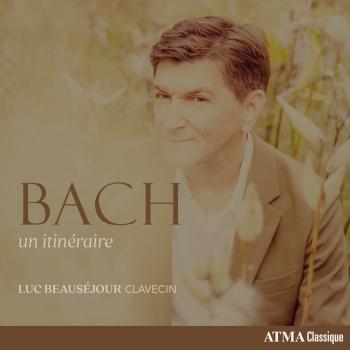

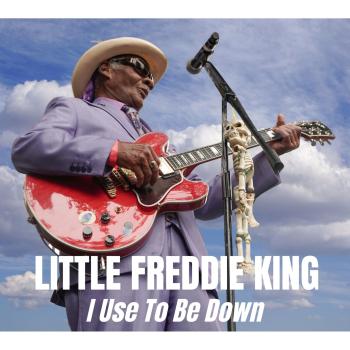
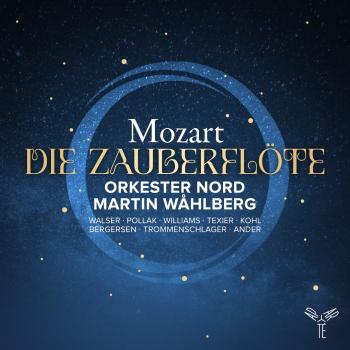
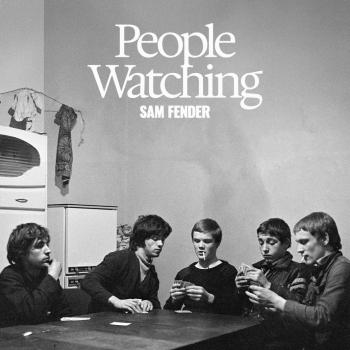
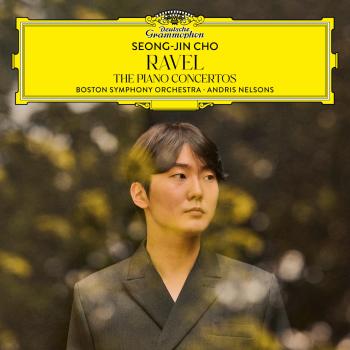
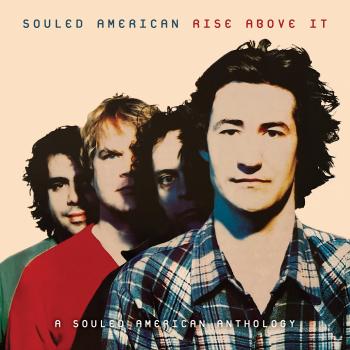
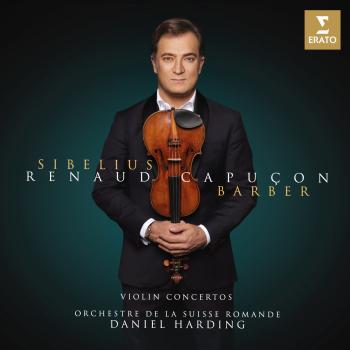

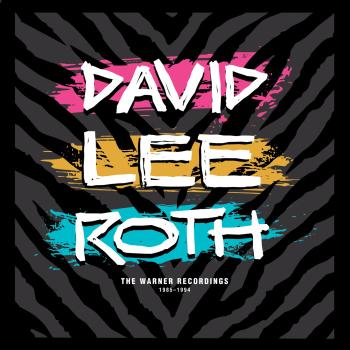
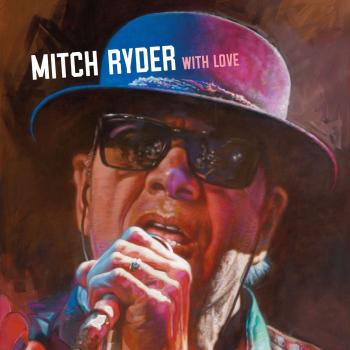
![Cover Elgar: Cello Concerto, Op. 85 / Tchaikovsky: Rococo Variations Op. 33 / Dvorak: Rondo Op.94, Klid [Silent Woods] Op. 68/5](https://storage.highresaudio.com/web/imgcache/46c01df88a6e72eb40f463a54711533f/field4_350x350.jpg)



